Orla completes study on Camino Rojo in Mexico
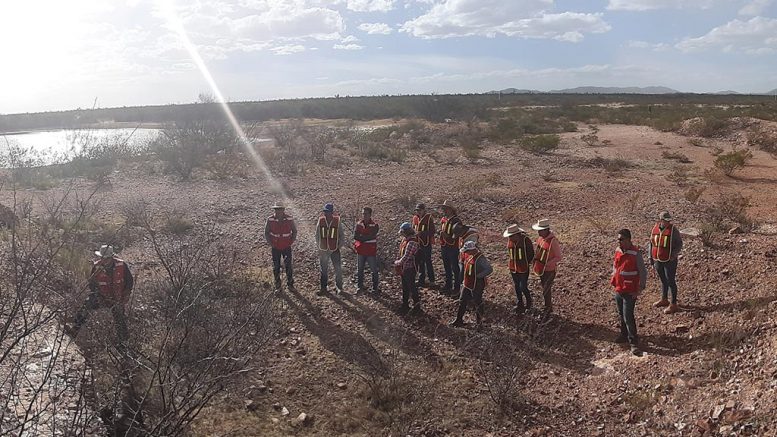
Orla Mining’s (TSX: OLA) Camino Rojo open-pit project in Zacatecas, Mexico, would produce 97,000 oz. gold annually over seven years and could be built for $123 million, a new feasibility study concludes.
The study envisions a simple heap-leach operation that could repay initial
Camino Rojo, 3 km from a four-lane highway and 190 km from the city of Zacatecas, would be the company’s first
Orla envisions construction starting in the first half of 2020 — once all the permits are received, and project financing is in place — with
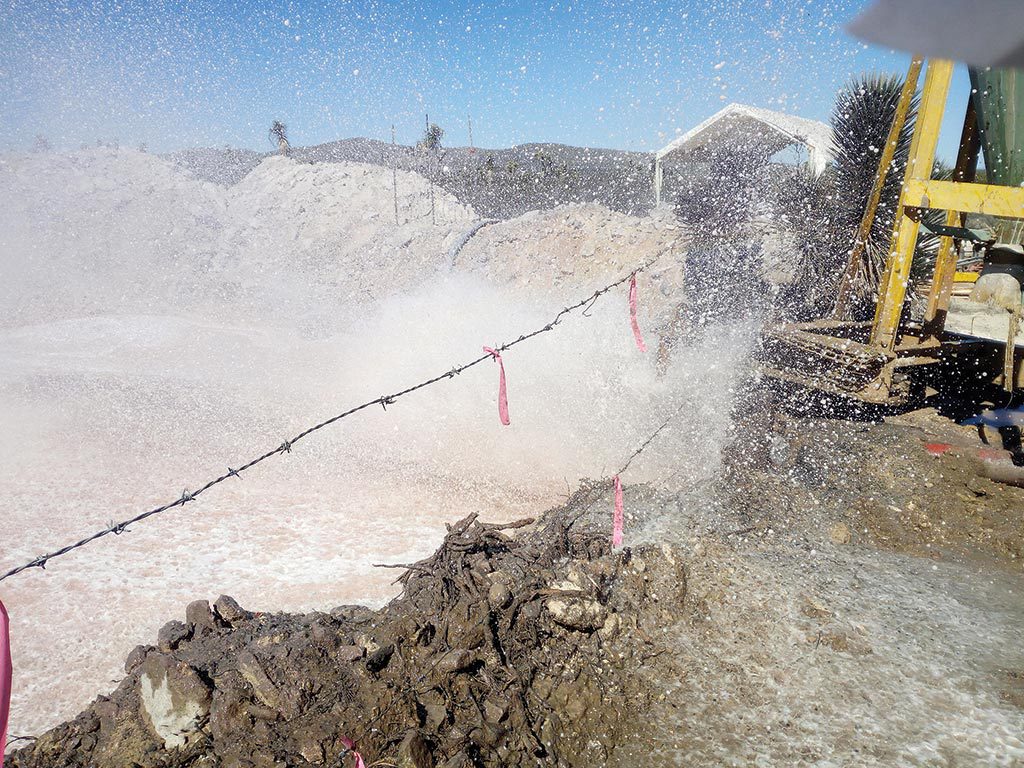
The company says all of the required permits are “substantially completed,” and that it plans to submit them in the third quarter of this year. It also notes that the area is “flat, and there are no known social or environmental impediments to mining,” and that “there are no residents within the area of the proposed development.”
Commenting on the positive feasibility study, Andrew Mikitchook of BMO Capital Markets notes that the project “meets the traits we look for in a development opportunity, including competitive grades, manageable capex and a fairly quick development timeline.”
The mining analyst also points out that the study “does not consider in its economic analysis the 7.3 million oz.
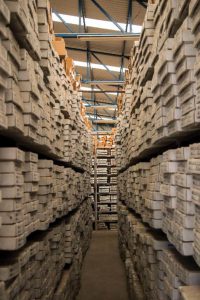
Orla says it is working on studies to investigate the economic opportunities that may exist within the 7.3 million contained oz. gold in the sulphide measured and indicated resources, and is also trying to secure an agreement with the owner of the concession bordering Orla to the north, which “would allow for the open pit to extend onto the adjacent concession.” If such an agreement were reached, the company says, it would “result in an expanded pit with access to additional oxide and transitional material deeper into the pit, which would add to the mine life and/or annual throughput, with only modest equipment and infrastructure additions.”
In addition, there is exploration potential on its land package, the company says. It has title to mineral concessions covering a large area around the Camino Rojo deposit, and while overburden “makes exploration challenging,” the 2007 discovery of mineralization incorporated into the feasibility study and resource estimate “shows that shallow cover can hide very large, near-surface deposits.”
Management notes that induced-polarization geophysics is the most useful tool to find more mineralization, and that the company has recently surveyed a large area southeast of the resource, with plans to drill anomalies within the next couple of months.
In the meantime, it continues to discuss the project with various lenders and financiers.
The Camino Rojo deposit has intrusive-related, sedimentary strata-hosted, polymetallic gold, silver, arsenic, zinc and lead mineralization. The mineralized zones correspond to zones of sheeted sulphidic veins and veinlet networks, creating a bulk-mineable gold mineralization style, the company says.
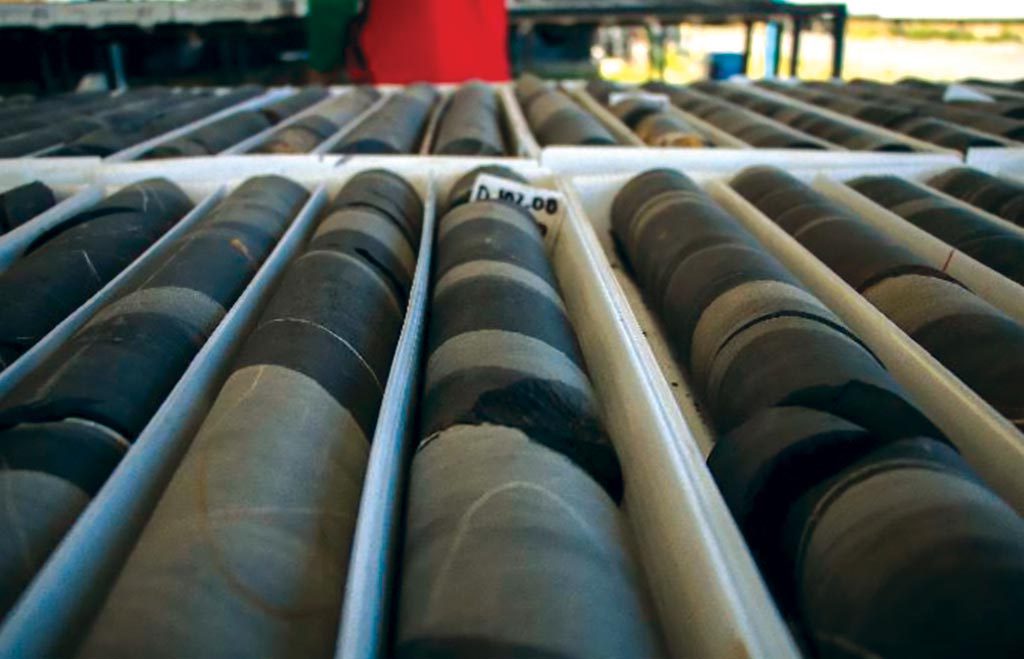
The mineralization is almost completely oxidized to 120 metres’ depth, and then variably oxidized below (transitional to sulphide). The resource estimate was divided into oxide, high and low transitional, and sulphide material.
The leach resource has 94.6 million measured and indicated tonnes grading 0.71 gram gold per tonne, and 12.7 grams silver per tonne for 2.16 million oz. gold, and 38.80 million oz. silver. Inferred resources add 4.4 million tonnes grading 0.86 gram gold and 5.6 grams silver, for 119,800 oz. gold and 805,000 oz. silver.
The mill resource contains 258.8 million tonnes in the measured and indicated category grading 0.88 gram gold and 7.4 grams silver for 7.3 million contained oz. gold and 61.6 million contained oz. silver, along with 56.6 million inferred tonnes averaging 0.87 gram gold and 7.5 grams silver for 1.58 million oz. gold and 13.71 million oz. silver.
(This story first appeared in The Northern Miner)
More News
Mozambique starts review of mining, oil and gas laws
The government intends to increase transparency, while ensuring that natural resources are managed efficiently.
March 31, 2025 | 01:06 pm
Protesters block roads to Glencore’s Antapaccay mine in Peru
Residents of nearby towns on Sunday began blocking roads to the mine to protest a major expansion project.
March 31, 2025 | 11:53 am
{{ commodity.name }}
{{ post.title }}
{{ post.excerpt }}
{{ post.date }}

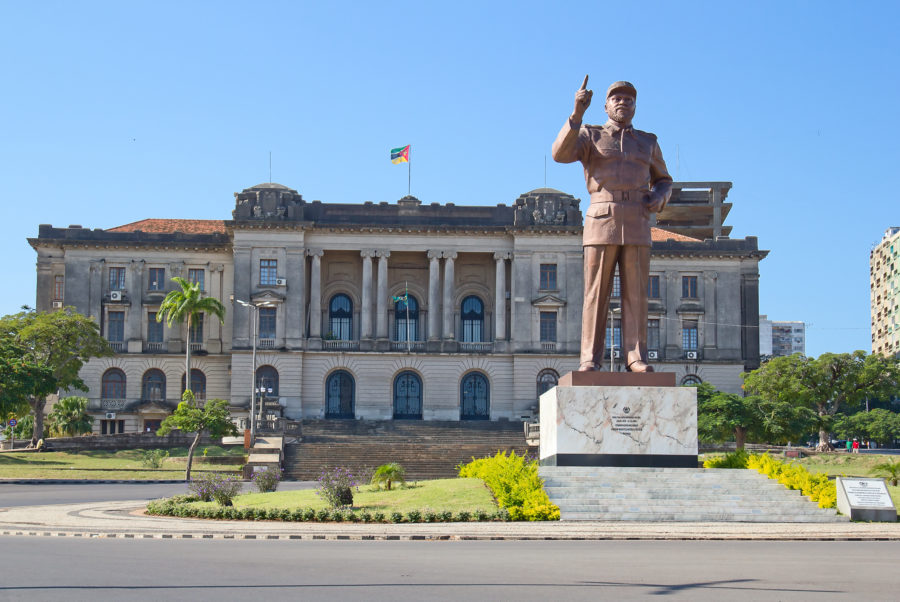
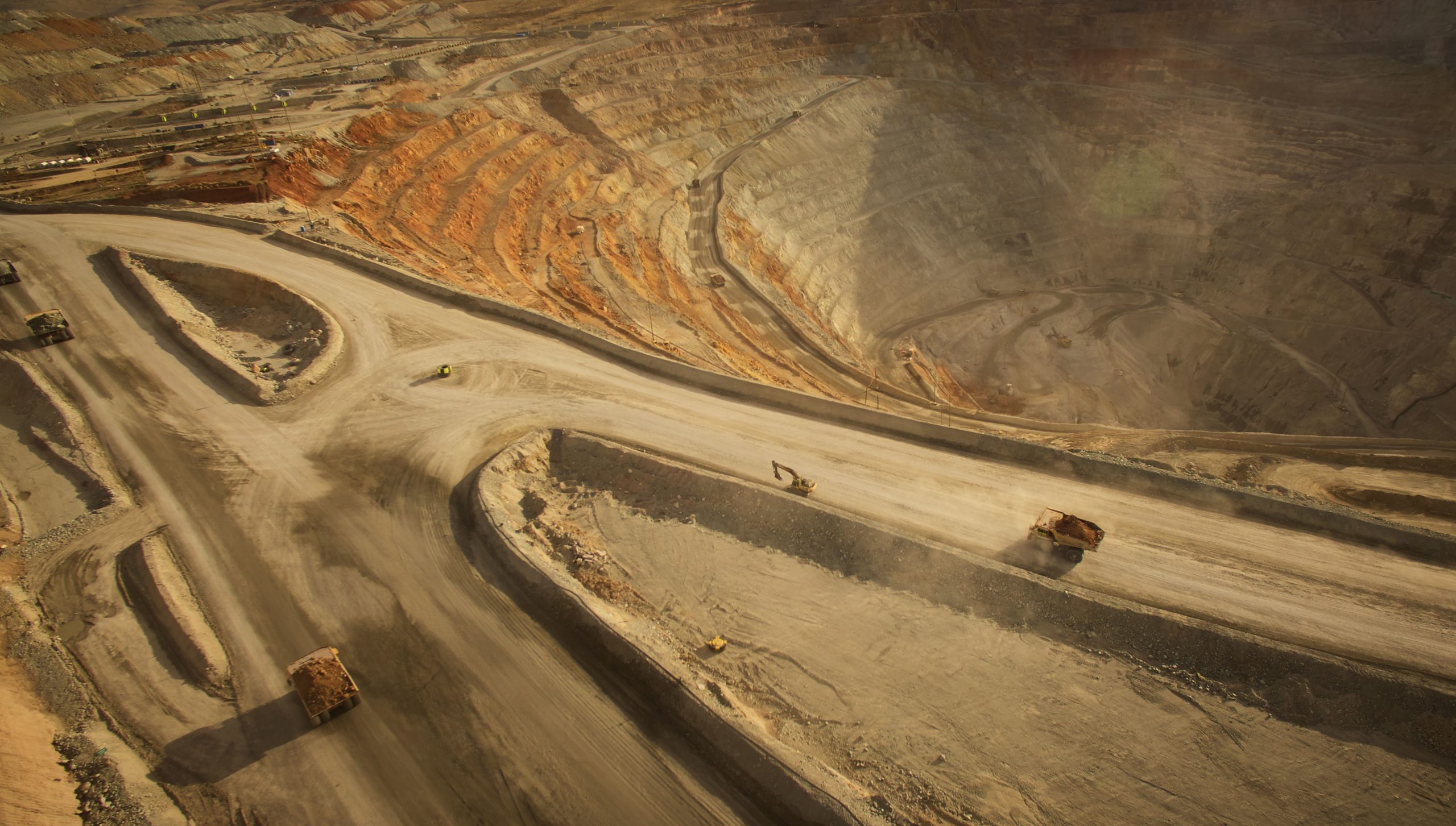
Comments